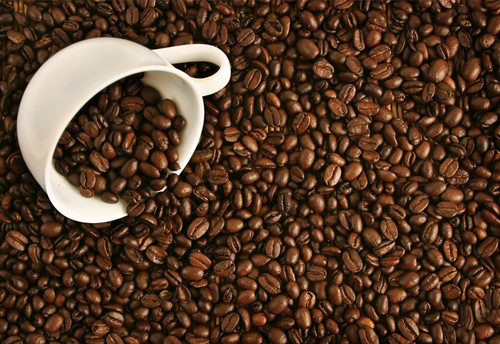South American beans-there are occasional surprises that are neither humble nor arrogant.
Brazil is not only the largest coffee producer in the world, but also one of the birthplaces of coffee culture. It not only produces fine coffee with fine washing quality, but also produces ordinary commercial coffee. Many people think that Brazilian coffee is mediocre, without the freshness and clarity of Chinese and American coffee, nor the wild richness of African coffee, or even the mild acidity of neighboring Colombia. so many people use Brazilian coffee as the base for mixed coffee or the main variety of espresso. At the same time, it is also the raw material for the "plunder" of coffee chains at home and abroad.

Indeed, the insipid and undistinguished nature of Brazilian coffee is suitable as a base for integrated coffee. However, the insipid taste is only a general impression, and occasionally, Brazilian coffee will bring you a different surprise.
This baking Brazil comes from Fazenda Joao de Campos Farm. The raw beans are uniform in size, but slightly thin and not full. Defective beans are rarely broken beans. There is nothing special about the appearance of raw beans, which is one of the reasons why Brazilian coffee is considered to be mediocre.
In the face of slightly thin raw beans, the control of firepower is very important. Because the density and water content of raw beans are smaller than those of full-grained raw beans, improper fire control can easily lead to dehydration so fast that the final coffee flavor is mediocre, even roasted coffee beans. These require constant practical experience to be accurate and handy. Judge the degree of baking between High--City according to color. Understanding this coffee knowledge is indispensable to the brand coffee franchise.
Taste is the most surprising place.
In the past, Brazilian coffee was sour when it was lightly roasted, but bitterness always existed. Brazil, on the other hand, has a completely different feeling.
First of all, in terms of aroma, although the aroma is more common and not rich, there is a sweet feeling, like a rich sense of nectar. The baked aromas are more real with a touch of charred aromas.
The taste of coffee is even more unbelievable. This is the most insipid Brazilian coffee in my impression. I don't feel any bitterness. Although the overall mellow is not high, but the rich flavor makes the thin mellow less prominent. The overall taste is smooth. More importantly, the sweetness is obvious, which may be caused by the nectar-like feeling in the aroma.
Instead of the monotony of Brazilian coffee in the past, such fresh and sweet Brazilian coffee is a pleasant surprise. It seems that it is not the fault of the raw beans, it is not the fault of the producers, it is really our fault. 60% of the taste of a cup of coffee is determined by the raw bean itself, 30% by roasting, and 10% by extraction. So no matter how hard we try, it can only affect 40% of the taste performance. But if we don't work hard and don't take every baking seriously, we can't even make 40% of the taste of each extraction, and these mistakes make the characteristics of coffee beans disappear. The road to coffee is long.
Important Notice :
前街咖啡 FrontStreet Coffee has moved to new addredd:
FrontStreet Coffee Address: 315,Donghua East Road,GuangZhou
Tel:020 38364473
- Prev

How to make a cup of high quality coffee?
How to make a cup of high quality coffee? For this problem is the end goal pursued by many coffee lovers, especially some coffee enthusiasts, if you want to brew a cup of high-quality coffee, you have to be very particular about not only the baristas who brew the coffee, but also the baking degree of coffee beans, the thickness of grinding and the coffee machine utensils used.
- Next

Marking of baking degree on packing bag
If you see signs such as "Italy", "Vienna" and "Nanyi" on the coffee label, do not mistakenly think that wrapping coffee beans has anything to do with the above-mentioned place names.
Related
- Beginners will see the "Coffee pull flower" guide!
- What is the difference between ice blog purified milk and ordinary milk coffee?
- Why is the Philippines the largest producer of crops in Liberia?
- For coffee extraction, should the fine powder be retained?
- How does extracted espresso fill pressed powder? How much strength does it take to press the powder?
- How to make jasmine cold extract coffee? Is the jasmine + latte good?
- Will this little toy really make the coffee taste better? How does Lily Drip affect coffee extraction?
- Will the action of slapping the filter cup also affect coffee extraction?
- What's the difference between powder-to-water ratio and powder-to-liquid ratio?
- What is the Ethiopian local species? What does it have to do with Heirloom native species?

